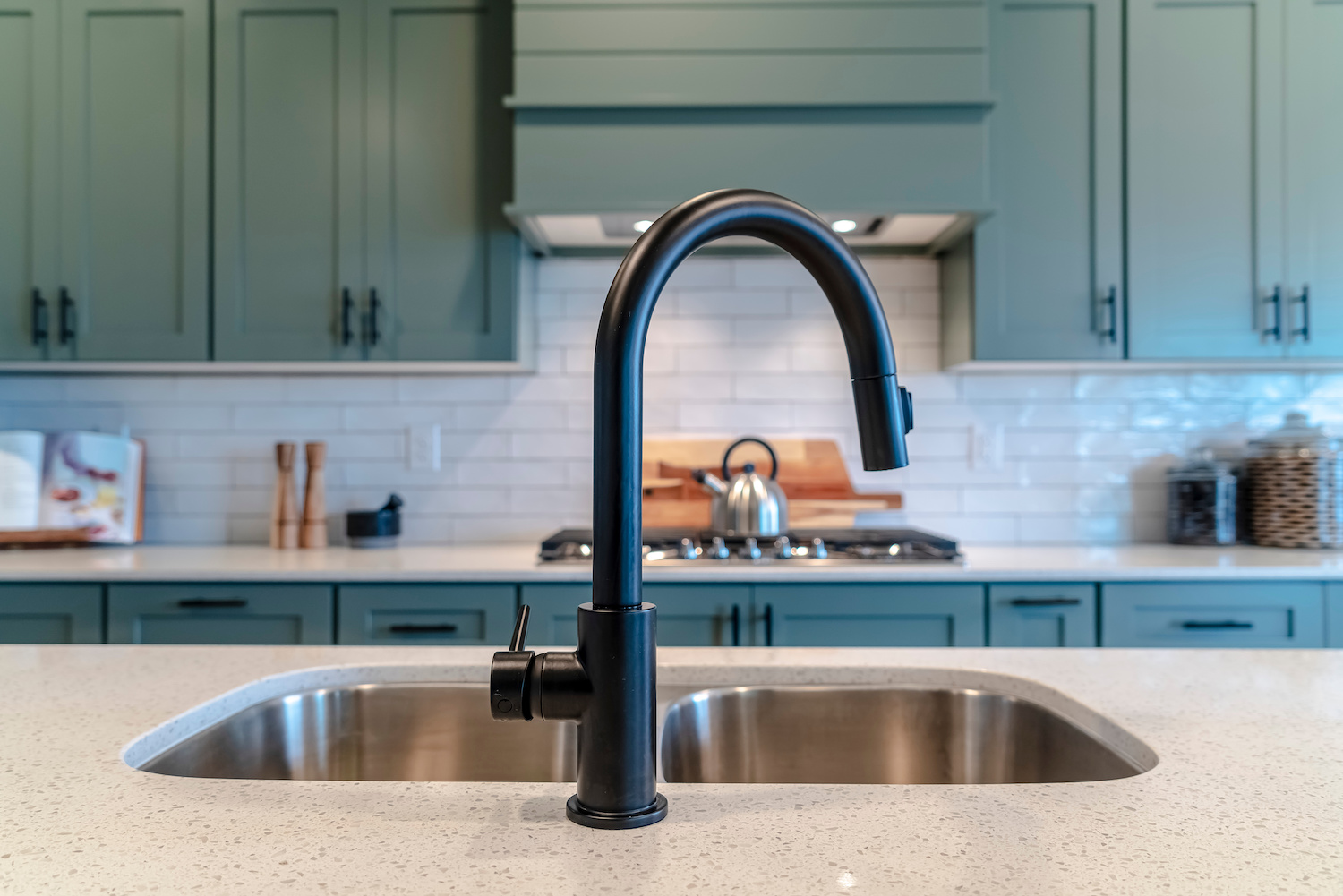Unclogging a sink drain can be a major hassle, primarily when it occurs without warning. It’s crucial to know how to properly unclog a blocked sink, whether it’s the kitchen sink or bathroom sink.
This step-by-step guide will show you how to unclog a sink drain using basic all-natural methods like vinegar and baking soda and more sophisticated ways like a plumber’s snake. We’ll also offer advice on how to keep your sink drains clear and free of obstructions in the future so you don’t have to worry about this problem again.
Step 1: Gather Supplies
You need to gather a few supplies before unclogging your bathroom or kitchen sink. Depending on the approach, you may need supplies like baking soda, vinegar, a toilet plunger, a bucket, a plumber’s snake, a wet rag, a large pot, and hot tap water.
If you would instead use chemical drain cleaners, thoroughly read the package and wear gloves to protect your hands. To ensure the unclogging procedure goes as smoothly as possible, have all the necessary supplies close at hand.
Step 2: Remove the Drain Stopper or P-Trap
Under the sink, there is a curved pipe that collects garbage and prevents sewage gas from escaping. This is called a P-trap because it looks like an inverted “P” when viewed from above. To start clearing a clogged sink:
- Take out this piece by removing its slide nuts with a wrench (or adjustable pliers).
- Lift it out of the drain opening after all four nuts have been taken off to catch any debris and standing water before proceeding further into this step’s instructions.
- Remove any significant clogs you discover, such as coffee grounds or soap scum, then properly dispose of them.
If you want to keep using your disposal but think there may be other clogging issues inside both pipes, consider having them repaired professionally. Doing so yourself could lead to further complications if done improperly.
Step 3: Check for Visible Debris
After removing the drain stopper or P-trap, examine it for any visible debris. If you see any, use a moist rag or paper towels to clear any obstructions. If you find an obstruction in your clogged sink drain line, try rinsing it with hot water.
This may be enough to clear up some clogs caused by food particles or soap scum build-up in your pipes’ openings; however, if this doesn’t work after several attempts at rinsing out debris manually, consider using chemical drain cleaners.
Step 4: Use Baking Soda and Vinegar Method
Baking soda and vinegar is a simple and natural way to unclog a sink. Start by pouring one cup of baking soda and one cup of white vinegar down the drain. Allow the mixture to settle for a little while so that the vinegar and baking soda can interact and break down any soap scum or other dirt.
The next step is to pour hot water directly down the drain to clear the clog after a few minutes. Repeat this procedure until your drain is clean if it is still plugged. Both metal and plastic pipes, including PVC pipes, can be safely repaired using this technique.
Step 5: Run Boiling Water
After using the baking soda and vinegar method, it’s essential to run boiling water down the drain to ensure that all the debris has been cleared and to prevent future clogs. Fill a large pot with hot tap water and slowly pour it down the drain.
You can repeat the process several times to flush out any remaining soap scum or debris. You can also run hot tap water for a few minutes after pouring the water from the pot to ensure the drain is clear. If the drain is still clogged or draining slowly, move on to the next step.
Step 6: Use a Plumber’s Snake
If the previous methods haven’t been able to unclog your sink, it may be time to use a plumber’s snake. A plumber’s snake is a long, flexible tool that can reach deep into the pipes to clear stubborn clogs. Start by inserting the snake into the drain and turning the handle to advance the snake further into the pipes.
Keep turning the handle until the snake hits the clog. Once the snake hits the clog, turn the handle clockwise to loosen and remove it. After removing the clog, slowly pull the snake back out of the drain and dispose of the clog properly. Repeat running hot water down the drain to make sure it is clear.
Step 7: Prevention
Preventing clogs in your sink is just as crucial as unclogging them. To keep your sink drains flowing freely, here are a few tips:
- Avoid pouring grease, oil, and fatty foods down the drain, as they can solidify and cause clogs.
- Use a strainer or stopper to catch food particles, hair, and other debris before it goes down the drain.
- Regularly clean out the sink stopper or P-trap to remove any accumulated debris.
- Run hot water down the drain after each use to flush out any soap residue or other debris.
- If you have a garbage disposal, run it regularly and avoid putting fibrous foods, like celery or corn husks, down the disposal.
- If you have hard water, consider using a water softener to prevent mineral buildup in your pipes.
These tips can help prevent clogged sinks and keep your drains flowing smoothly.
Conclusion
In conclusion, unclogging a sink may be quick and easy with proper equipment and methods. There are many methods to unclog blockages in your bathroom sinks or kitchen sinks, such as using a plunger, baking soda, vinegar, or a plumber’s snake.
Clogs must be cleared out as soon as they appear to avoid standing water and bad odors. You can successfully unclog your kitchen or bathroom sink and keep your drains from backing up if you stick to the instructions in this tutorial.
Additionally, using a filter and avoiding specific chemicals when flushing the drain will assist in preventing clogs from occurring in the first place. Remember, if you can’t clear the clog in your kitchen sink, it might be time to call a licensed plumber.





